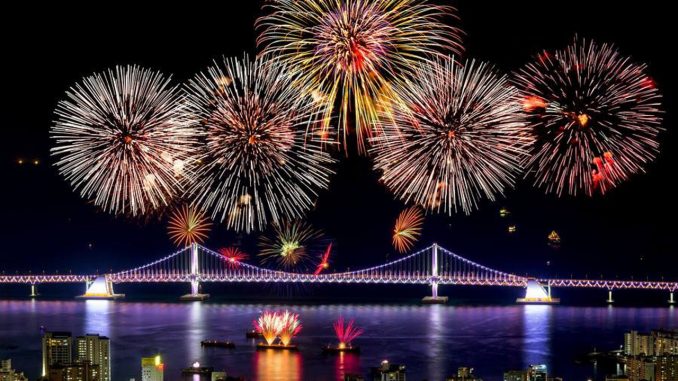
The Lunar New Year, known as Seollal in South Korea, is one of the most significant and cherished holidays in Korean culture, celebrated with great fervor and tradition. Central to this celebration is the food, which plays a vital role in bringing families together and symbolizing hopes for prosperity, good fortune, and happiness in the coming year. At the heart of Seollal feasting lies a rich tapestry of culinary delights, each dish steeped in symbolism and cultural significance.
One of the quintessential dishes enjoyed during Seollal is tteokguk, a savory rice cake soup. Tteokguk holds a special place in Korean tradition as a symbol of longevity and renewal. The round shape of the rice cakes represents the turning of the year and the hope for a prosperous future. Families gather around the table to share this hearty soup, often made with thinly sliced rice cakes, beef or pork broth, and garnished with egg, vegetables, and sometimes dumplings. As they savor each spoonful, they reflect on the passing year and look forward to the opportunities and challenges that lie ahead.

Another beloved Seollal delicacy is jeon, a type of savoury pancake made with various ingredients such as seafood, vegetables, or meat, coated in flour and egg batter, then pan-fried to crispy perfection. Jeon symbolizes wealth and abundance, with each ingredient chosen for its auspicious qualities. Common varieties include kimchi jeon, made with the spicy fermented cabbage, and haemul jeon, filled with an assortment of seafood like shrimp and squid. These crispy delights are enjoyed as a communal snack during Seollal gatherings, encouraging warmth and conviviality among family members.
No Seollal feast would be complete without japchae, a colorful and flavorful dish of stir-fried glass noodles mixed with an array of vegetables and seasoned with soy sauce and sesame oil. Japchae represents prosperity and harmony, with its vibrant hues and harmonious blend of ingredients symbolizing the abundance and diversity of life. Families often prepare this dish in large quantities, serving it alongside other festive fare to symbolize their hopes for a bountiful year ahead.
Additionally, mandu, or Korean dumplings, are a staple of Seollal cuisine, symbolizing wealth and good fortune. These dumplings are typically filled with a mixture of minced meat, tofu, vegetables, and seasonings, then steamed, boiled, or pan-fried to perfection. Families often gather together to make mandu in the days leading up to Seollal, turning the preparation process into a joyful communal activity. As they fold each dumpling with care, they share stories, laughter, and cherished memories, strengthening the bonds of family and community.
One cannot overlook the significance of yakgwa, a traditional Korean sweet pastry made from flour, honey, sesame oil, and ginger. Yakgwa is shaped into intricate patterns and deep-fried until golden brown, then coated in a sweet syrup for a luscious finish. Symbolizing prosperity and sweetness in the coming year, yakgwa is often offered to guests and shared among loved ones during Seollal celebrations. Its delicate texture and rich flavor evoke feelings of warmth and nostalgia, making it a cherished part of the holiday festivities.
In addition to these traditional dishes, modern interpretations and regional variations of Seollal cuisine continue to evolve, reflecting the changing tastes and preferences of contemporary Korean society. However, the underlying themes of abundance, prosperity, and family remain at the heart of Seollal feasting, ensuring that these culinary traditions endure for generations to come.
As South Koreans usher in the Lunar New Year with joyous celebrations and heartfelt gatherings, the food served during Seollal serves as a powerful reminder of the values and aspirations that unite them as a people. Whether savoring a bowl of steaming tteokguk, indulging in crispy jeon, or sharing laughter over a plate of mandu, Seollal cuisine embodies the spirit of hope, renewal, and togetherness that defines this cherished holiday. As families come together to honor the traditions of the past and embrace the promise of the future, they find solace and strength in the simple act of sharing a meal with those they hold dear.
Leave a Reply